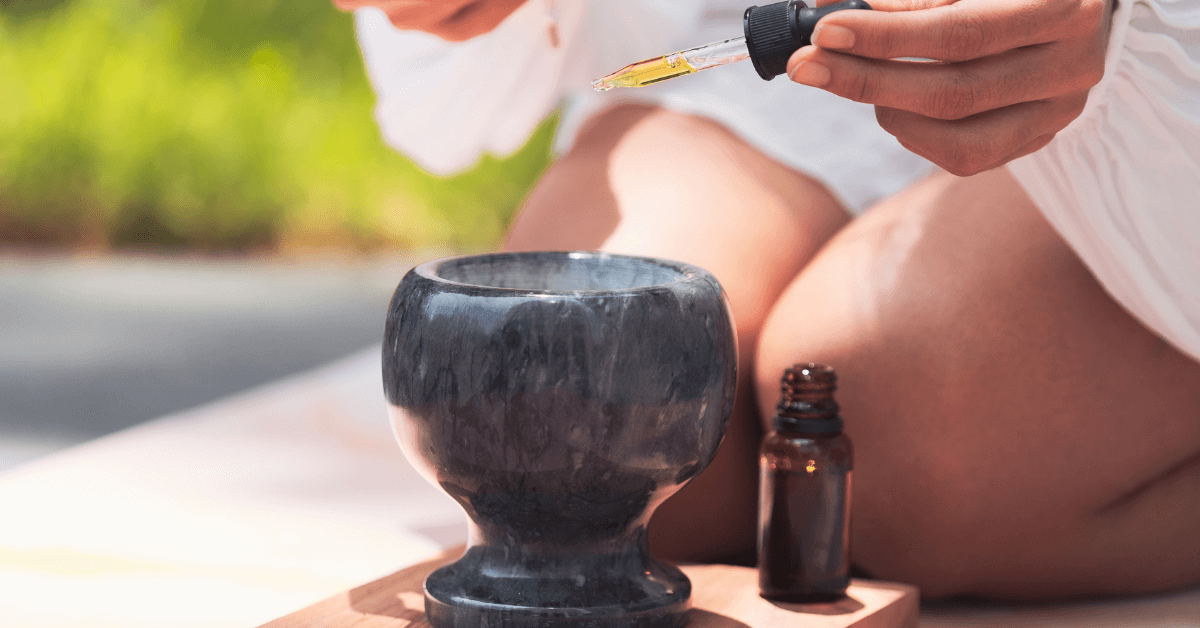Hemp-based medicine has been used for centuries to help with ailments ranging from pain and gastrointestinal problems to stress and sleep difficulty. In traditional use, one would take the flowers, or buds, of the cannabis plant and either smoke them in a pipe or steep them in hot water to make tea.
As knowledge of modern medicines has progressed, so too have the processes to produce them.
And if there’s one business sector that has led the charge in taking plant medicine development to the next level, it’s the hemp industry. The legalization and acceptance of hemp products over the last couple of decades have ushered in many advancements in the extraction process involved with isolating specific active compounds from the cannabis plant. So much so that extractors have found innovative ways to extract compounds like Cannabidiol, more commonly known as CBD, in such high potencies that, depending on the processes involved, can yield powdered concentrations with purities that exceed 99%.
In the case of CBD sold over the counter, these raw materials come in the form of full spectrum CBD products loaded with a number of other cannabis compounds, broad spectrum blends that have had all the THC removed, and pure isolate that contains only cannabidiol.
Once the extraction process is completed, these different blend types are used to formulate various products that include CBD oils, softgel capsules, edibles like gummies and honey sticks, topicals, and vapes.
How CBD Tech Works
Creating these highly potent cannabis compounds requires serious know-how and costly specialized equipment.
Several methods can be used to extract compounds like CBD.
CO2 extraction is one of the more popular methods and involves using carbon dioxide at high pressure and specific temperature ranges. When CO2 reaches a “supercritical” state, it behaves like a gas and liquid. In this state, as the CO2 passes through the hemp plant, material compounds like cannabinoids and terpenes are removed and collected. The leftover raw oil is referred to as full spectrum because it includes all of the compounds that the hemp plant has to offer.
Solvent extraction is equally as popular as CO2 and primarily utilizes ethanol or petroleum distillates to extract hemp compounds from cannabis plant material. This method does not require high pressure but works similarly by passing over the hemp and separating the cannabinoids and terpenes. Once the separation is completed, the alcohol or other solvent is usually raised to higher temperatures until it evaporates, leaving only the essential phytocompounds behind.
Manufacturers continue to innovate extraction methods, especially now that a regulatory infrastructure has been established. Until recently, organic processes were unavailable for CBD products due to legal reasons. But after the 2018 Farm Bill was passed legalizing hemp, USDA organic-certified CBD oils have proliferated. These products require an entirely new approach to extraction that must comply with National Organic Program standards to ensure they avoid harmful chemicals from farm to bottle. In these processes, extractors will use an organic sugar cane-based alcohol similar to solvent extraction. As these extracts are minimally processed, they yield what is referred to as “true full spectrum” CBD oils and products.
CO2 and solvent extraction methods render a final product that includes not just CBD but other cannabinoids like Cannabinol (CBN), Cannabigerol (CBG), Cannabichromene (CBC), and the infamous THC. Other phytocompounds like flavonoids, lipids, chlorophyll, and terpenes are also part of this extracted mixture.
Depending on the desired final product, companies can further filter these mixtures to remove specific byproducts. Winterization is a process that freezes the raw CBD extract so that fats and other inactive compounds can be removed. Once these unneeded compounds are removed, the remaining extract can be blended into CBD products like oils, or they can continue to further refinement.
Chromatography is a follow-up process used to create broad spectrum CBD oils by removing THC from the extracted mixture. This same process can isolate other compounds, including the CBD itself. The result is pure, extremely concentrated, and crystallized powder that can then be blended into CBD isolate oil and other products.
Which Extraction Method Is Best?
The debate among industry experts regarding the best CBD extraction method continues to rage. Proponents of supercritical CO2 will argue that their process is solvent-free and thus superior. At the same time, alcohol solvent-based producers will note that CO2 methods may “tear” and damage the extracted compounds, making them less effective.
In general, both the solvent and CO2 methods can yield beneficial high-quality products when done under the supervision of a skilled extractor. Research shows that any differences between the two are relatively negligible, and the arguments suggesting one method is better than another or purely philosophical.
Ultimately, the decision is in the hands of the consumer based on their preference, as both primary extraction methods have been shown in clinical studies to yield similar benefits for users of CBD products.
